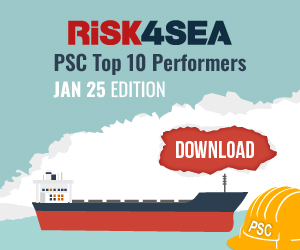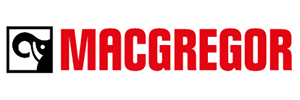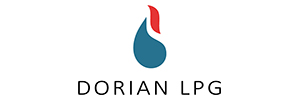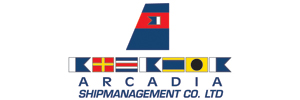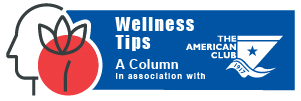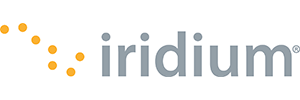The Port of Antwerp-Bruges has assessed the recent impact of U.S. import tariffs and EU countermeasures on maritime trade.
In 2024, the Port of Antwerp-Bruges handled 28 million tonnes of maritime trade with the U.S., making it the port’s second-largest trading partner and accounting for 10% of total cargo.
Container traffic led with 14.2 million tonnes, including exports of machinery parts, chemicals, and vehicles, and imports of plastics, rubber, and food. Liquid bulk trade totaled 10.2 million tonnes, mostly chemicals and fuels.
The port also handled 282,000 vehicles via RoRo, with over 25% of Europe’s transatlantic car trade. Additional cargo included 1.3 million tonnes of breakbulk (mainly steel) and 1.2 million tonnes of dry bulk like fertilizers and wood pellets.
U.S. import tariffs since March 2025
Since March 2025, the U.S. government has imposed a series of new import tariffs. As of 12 March, a 25% tariff applies to iron, steel, aluminum, and derived products from around the world. On 3 April, this was extended to include cars and car parts, also at 25%.
On 2 April, an additional measure was introduced: a general 20% increase on goods originating from the European Union. These steps are part of a broader trade policy also targeting other countries, including China (34%), Japan (24%), and South Korea (25%).
On 9 April, the U.S. administration announced a 90-day temporary pause for countries open to negotiations. For the European Union, this means a provisional 10% import tariff applies during the negotiation period.
EU countermeasures in two phases
In response, the European Union has decided to reactivate its previously suspended countermeasures from 2018 and 2020. These include tariffs on iconic U.S. export products such as Harley-Davidson motorcycles, bourbon whiskey, and boats, directly countering the U.S. steel and aluminum tariffs.
A second phase followed on 15 April, introducing additional measures worth €18 billion. These will target both industrial and agricultural products, including steel and aluminum, textiles, leather goods, household appliances, tools, plastics, wood products, and foodstuffs such as poultry, beef, seafood, nuts, dairy, sugar, and vegetables.
Like the U.S., the EU has temporarily paused these countermeasures during the 90-day negotiation window.
Impact of tariffs on the port
The Port of Antwerp-Bruges is closely monitoring the developments around the U.S. import tariffs. So far, there have been no significant traffic shifts directly linked to the recent measures. While some companies are acting in anticipation, a marked increase in exports to the U.S. has not materialized.
For example, container exports to the U.S. rose by 3.2% in Q1 2025 compared to the same period last year, a growth rate below the overall container traffic increase (+4.6%). Steel exports peaked in January with 100,000 tonnes but have since fallen.
Over the entire first quarter, steel exports to the US were 2% higher than in Q1 2024. In Q1 2025, 37,743 cars were exported to the US, a decrease of 19.5% compared to last year, in line with the overall decline in car exports (-13.5%). Liquid bulk throughput (such as LPG, LNG, and naphtha) remained stable, with a slight increase of 2.8%. Exports of chemical products grew by 13.9%, while imports fell by 6.2%.
Although the direct impact remains limited for now, it is clear that further developments in trade tariffs and geopolitical tensions could affect the logistics chain. Port of Antwerp-Bruges remains in close contact with companies and terminals active in container shipping, chemicals, and automotive logistics, and is continuously monitoring the situation.
Over the entire first quarter, steel exports to the US were 2% higher than in Q1 2024. In Q1 2025, 37,743 cars were exported to the US, a decrease of 19.5% compared to last year, in line with the overall decline in car exports (-13.5%). Liquid bulk throughput (such as LPG, LNG, and naphtha) remained stable, with a slight increase of 2.8%. Exports of chemical products grew by 13.9%, while imports fell by 6.2%.


















































